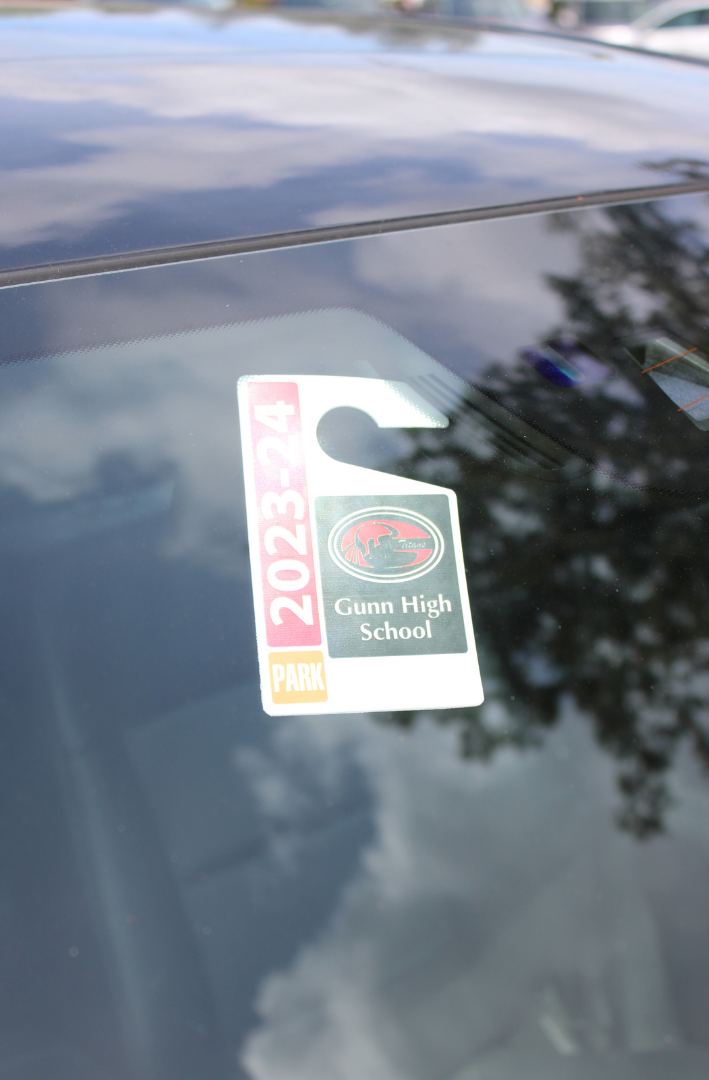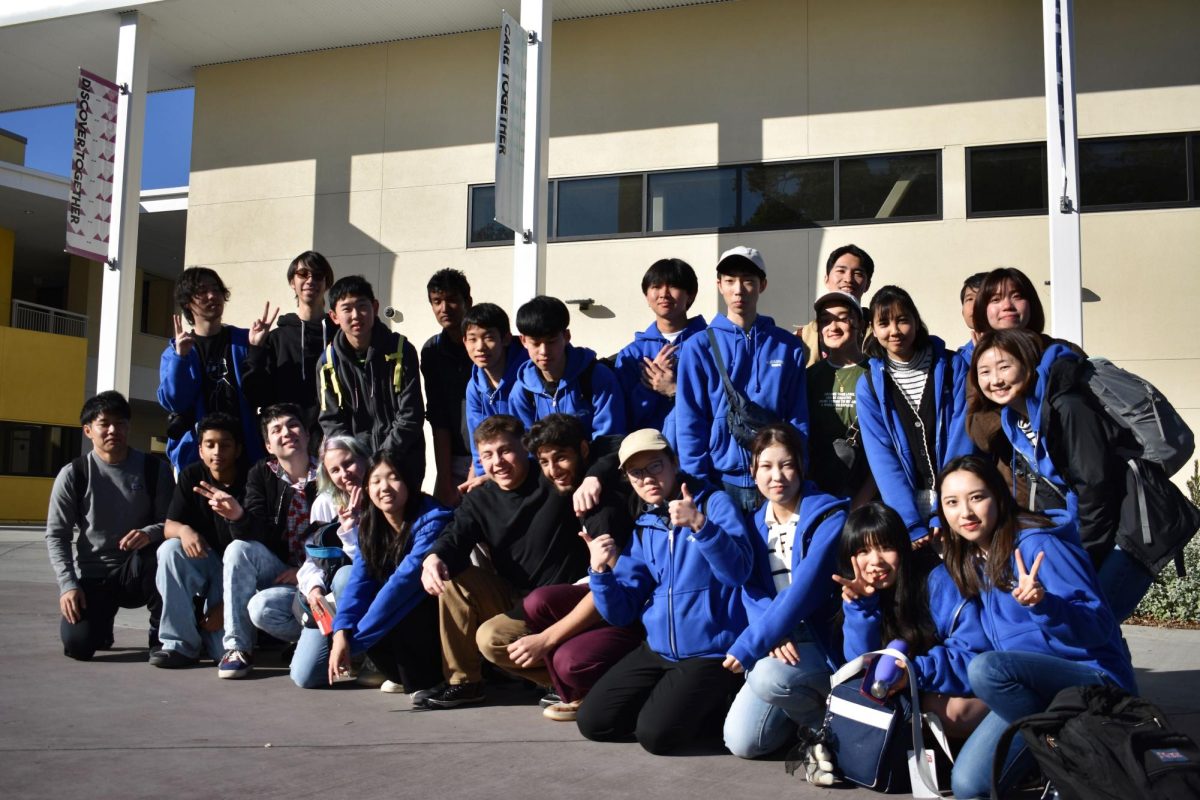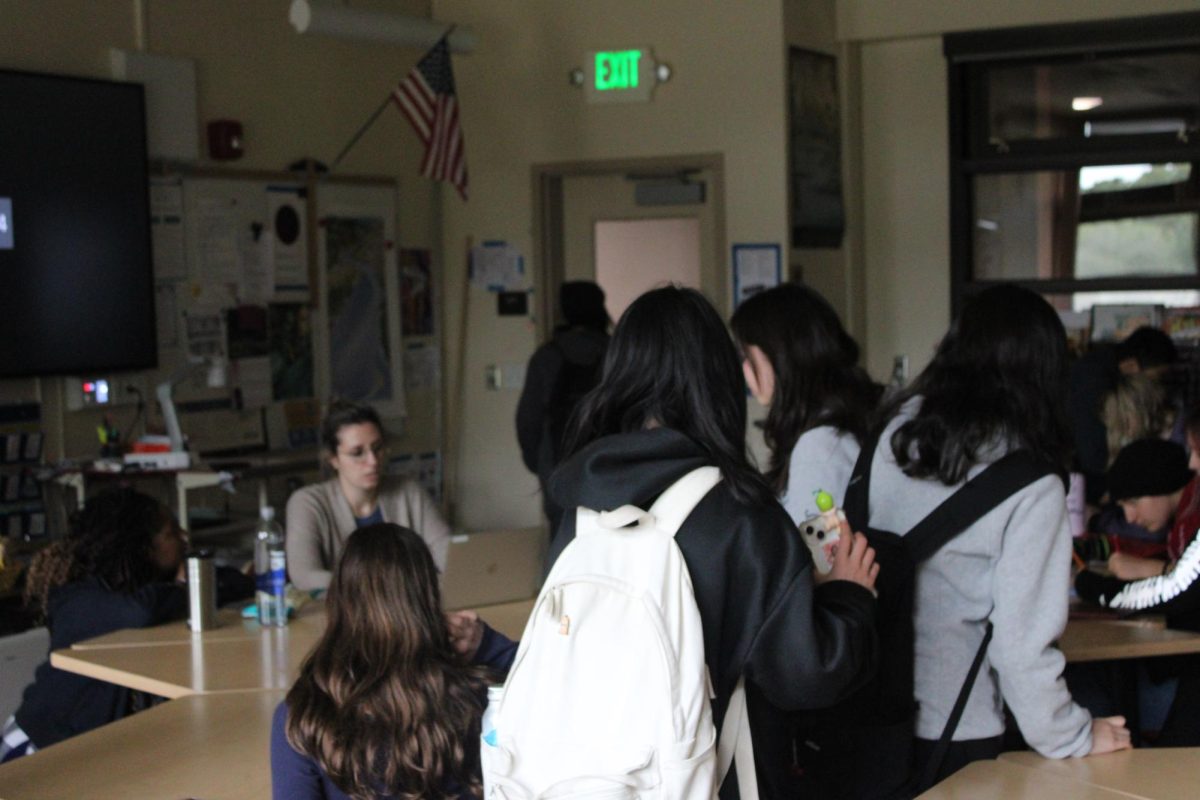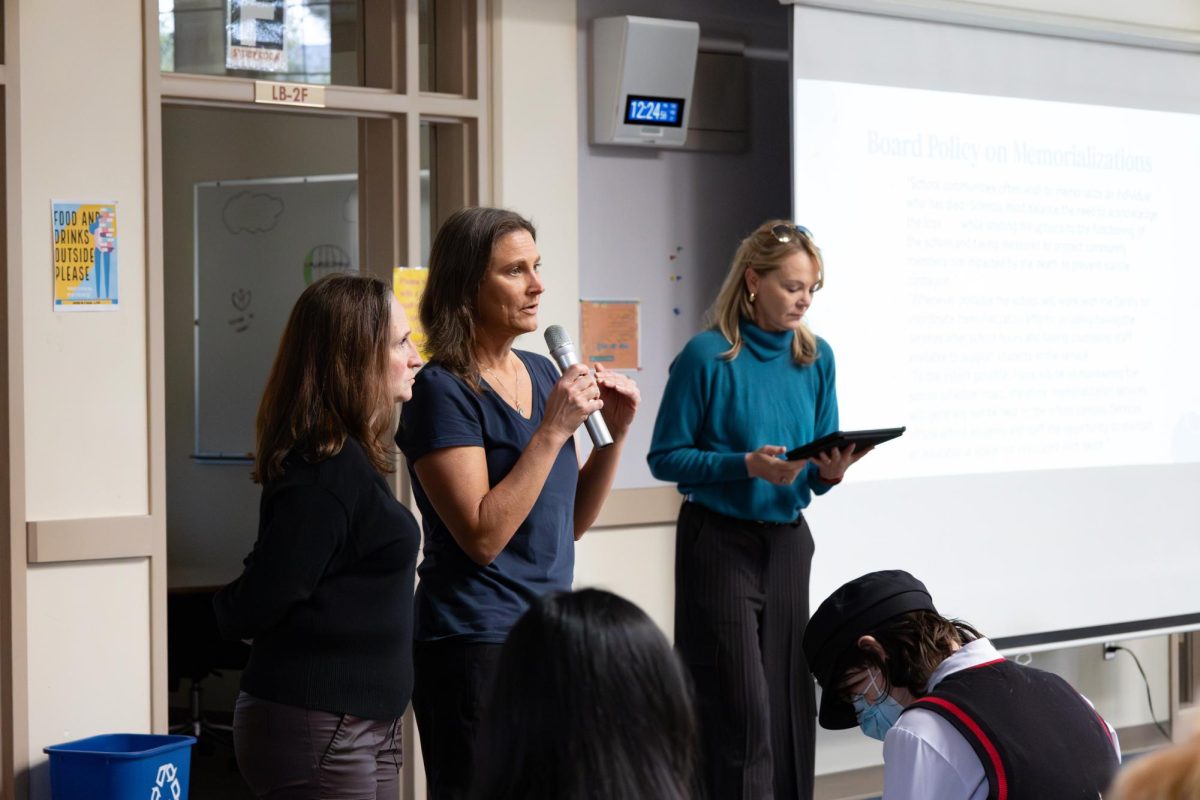By Utkash Dubey:
In light of the recent firing of physics teacher Eric Hickock, The Oracle decided to examine the process of hiring and firing teachers in the Palo Alto Unified School District (PAUSD).
According to Principal Katya Villalobos, when teachers are first hired, they are usually hired on a temporary contract.
According to Principal Katya Villalobos, when teachers are first hired, they are usually hired on a temporary contract. Depending on teacher performance, teachers may be offered probationary employment, and subsequently a permanent contract, which is similar to tenure. However, should the administration decide that the teacher is not the right fit for the school, the district has to abide by California labor laws, as well as the policies founded in the contract between the district and the Palo Alto Educators Association (PAEA) of firing a teacher. The terms outlined in both of these documents dictate the exact procedure of firing a teacher; one such regulation is that the district has to inform the teacher, by a specified date, that they are not going to be rehired for the next school year.
According to Principal Katya Villalobos, termination of a teacher tends to spring from the school level. Ultimately though, the PAUSD Board of Education makes the final decision to fire a teacher by giving their approval or disapproval. However, the motivation to fire a teacher can come from many different paths. “There are a number of contractual issues that could come into play,” Assistant Principal Kim Cowell said. For example, complaints and grievances from students, parents and other staff members may contribute to the dismissal of a unfit teacher. According to Villalobos, complaints in this format are inefficient to the evaluation by the school, but based on the contract the union has with the district, the teacher is required to collect student input through a course evalutaion form at least once a year. On top of that, a general feedback form is sent out to parents during March. If a problem arises, Villalobos encourages parents to talk with teachers first.
If issues cannot be resolved between the teacher and the parents or students, the problem may be brought up to the Instructional Supervisor (IS) of that particular department, who is in charge of assessing if teachers in their respective departments are meeting the school’s standards.
If the IS is dissatisfied with the teacher’s performance, the next step is creating a plan for improvement. “If performance is really lacking, in terms of what we’re expecting of a teacher and on standards the district has, then we may start documentation and observations,” Villalobos said.
In addition, supervisors concurrently hold meetings with the teacher to discuss the plan for improvement. However, if the meetings are unsuccessful, this information is again documented and more observations are made. “Teachers are offered multiple chances to amend their teaching practice, but if no improvements are made, we have to address this problem and send our recommendation to the board,” Cowell said.
According to Villalobos, the process of firing a teacher can take up to two years for a teacher who was hired on a permanent basis. Cowell adds that critics of this process deem it too long and inefficient. “Some people think there are too many hoops that the school district has to go through in order to let a teacher go, just too many steps involved,” Cowell said. On the other hand, temporary employees are not under any sort of legal protection. The process to terminate a temporary teacher is much shorter, but still involves tight observation and a fair outlook.
““We don’t want to let people go. We hire people because we want to keep them, but sometimes what this means is that they’re kind of doing a rehearsal,” Assistant Principal Kim Cowell said.
Social studies teacher Phil Lyons, who at the beginning of his career, was under a temporary contract, believes that the process is fair and justified, but needs improvement. Lyons feels that “the district should be reaching out to the union, to get terminations approved.” In addition, Lyons believes that student evaluations should be weighted much more than they currently are. “I wish all of my 150 students would be required to evaluate me on 10 or 20 different things, and everyone would have access to it,” Lyons said.
Cowell stresses that the school does their absolute best to maintain a fair process. “We don’t want to let people go,” Cowell said. “We hire people because we want to keep them, but sometimes what this means is that they’re kind of doing a rehearsal.” Cowell says that many temporary teachers move up to become permanent contracted teachers, because they are skilled educators and the school wants to give them legal protection.
Similarly, the district takes active measures to ensure recently hired teachers are complying with school standards, primarily on an academic basis, but also on levels regarding colleague collaboration, friendliness and, according to Cowell, “whether the teacher is a good fit.” According to the administration, a teacher is considered a good fit when they are fully integrated into the community. Villalobos acknowledges the system’s imperfections and inefficiency time-wise, but also says that the district does its best to accommodate the academic and emotional needs of students.








